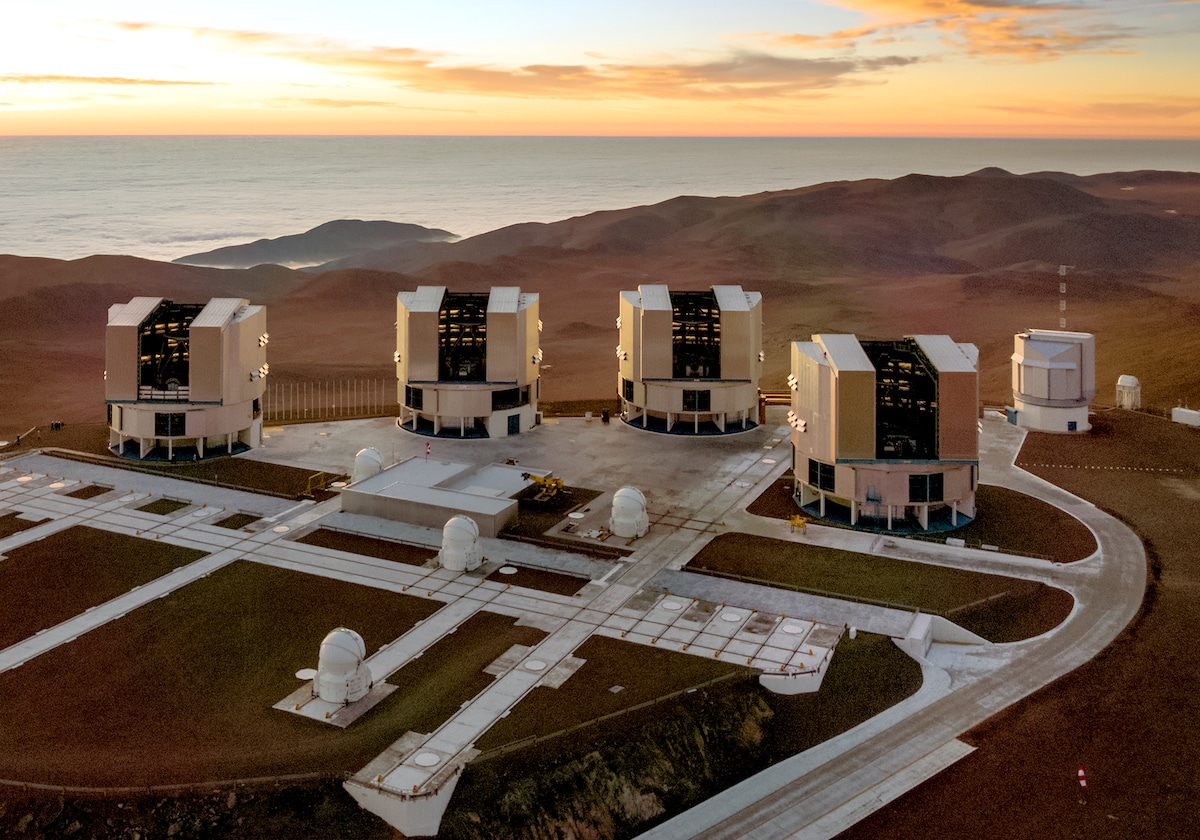

In our efforts to learn more about space, we may be harming our own planet.
A new paper published in Nature Astronomy on Monday estimated the greenhouse gas emissions from all space-and-land-based astronomical research. It found that current research infrastructure has a carbon footprint of around 20 million metric tons (approximately 22 million U.S. tons) of carbon dioxide.
“Just to give you some perspective — 20 million tonnes of CO2 — this is the annual carbon footprint of countries like Estonia, Croatia, or Bulgaria,” study co-author and astronomer at France’s IRAP astrophysics laboratory Jürgen Knödlseder told NPR.
The IRAP-based research team further calculated that astronomy infrastructure had an annual footprint of 1.2 million metric tons (approximately 1.3 million U.S. tons) of carbon dioxide, Wired reported.
The IRAP-based research team said they thought their study was the first-ever attempt to calculate the emissions of the research infrastructure for any scientific field, NPR reported. They began the research because they were trying to calculate the emissions for their institute, but realized they didn’t know how to account for their telescope-based observations, and so set out to calculate emissions for almost 50 space-based telescopes and 40 ground telescopes.
“No study had ever tried to calculate the carbon emissions due to the construction and operation of all the telescopes and space missions that astronomers use to make observations,” study co-author Annie Hughes told NPR.
What they found was that telescope infrastructure has a greater carbon footprint than all other research activities in the field, such as flying to conferences or using large computers, according to Sky & Telescope. NASA’s new James Webb Space Telescope, for example, will have a carbon footprint of 300,000 metric tons (approximately 330,693 U.S. tons) of carbon dioxide, the equivalent of burning 1,655 railcars worth of coal, Wired reported. The Very Large Telescope in Paranal, Chile will have a lifetime carbon footprint of 540,000 metric tons (approximately 595,248 tons) of carbon dioxide.
The paper authors hoped that their findings would influence the field to reduce its emissions in order to set a good example as the world tackles the climate crisis.
“If we as scientists do not react to the reports and warnings from our colleagues,” Hughes said, as NPR reported, “then it’s a bit like your dad telling you that you shouldn’t smoke, while he himself is smoking a cigarette. Why would you take his word seriously?”
The paper authors gave several suggestions for lowering emissions in the field. They said regulators or funding bodies could require environmental impact assessments for all observational facilities. Further, telescopes could switch to renewable energy sources. Finally, until this can happen, they argued the field should slow the building of new facilities.
However, others in the field argued that slowing down was putting responsibility in the wrong place.
“There’s nothing that says astronomy can’t or won’t switch to renewable energy sources along with the rest of the economy,” John Mather of the NASA Goddard Space Flight Center, who is the project scientist of the James Webb Space Telescope, said, as Sky & Telescope reported. “The carbon footprints being calculated are not constants of nature, they’re just estimates of a piece of a system governed by feedback loops.”

 233k
233k  41k
41k  Subscribe
Subscribe 